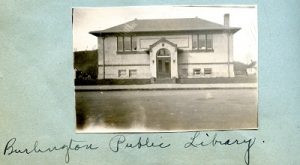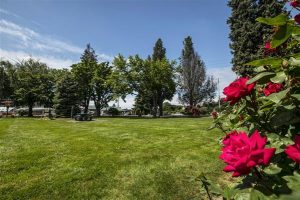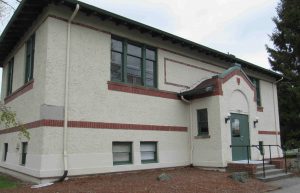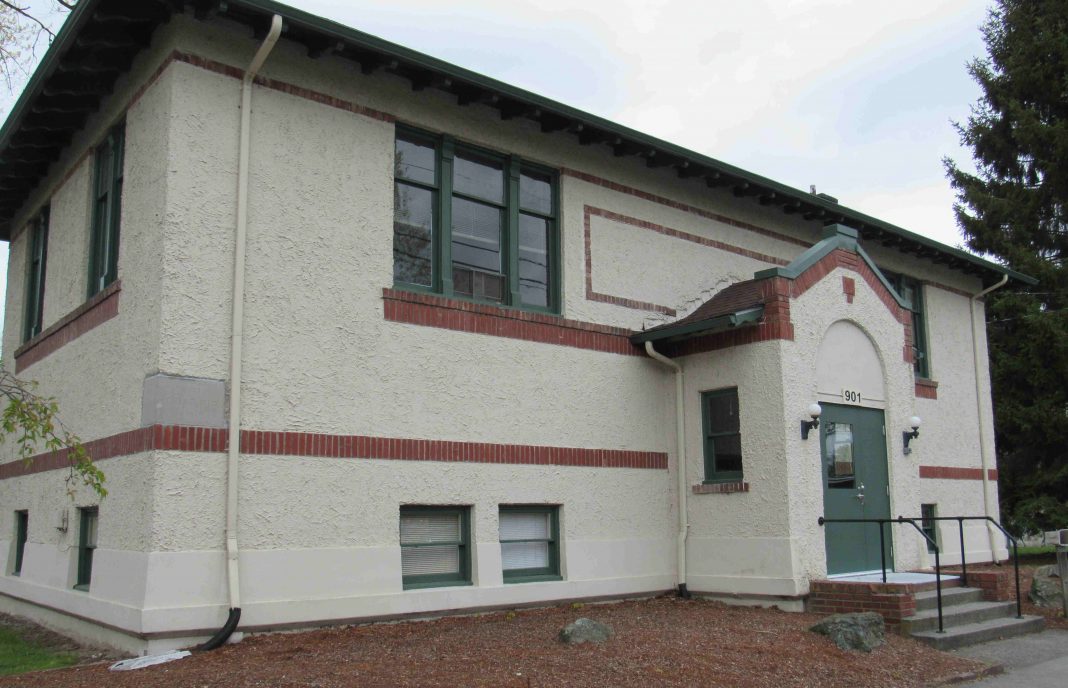Around the turn of the century, a middle-aged man named Andrew Carnegie became the richest man in America. The sale of Carnegie Steel Corporation to J.P. Morgan propelled him past John D. Rockefeller in wealth. The sale was for about $300 Million dollars, an impressive sum that’s made even more shocking when you consider that it equates to roughly $9 Billion after adjusting for inflation.

What’s interesting and impressive about this story, though, isn’t the wealthy individual, but the legacy he left behind. If you’ve listened to NPR in the modern era, you’ll recognize the Carnegie Corporation as a large donor. Carnegie Mellon University also boasts Nobel laureates as well as winners of Tony, Emmy, and Academy Awards.
While these contributions are important, though, the most immediately relevant legacy of Andrew Carnegie was building the first library in Burlington. Carnegie was a patron of the arts and wanted his legacy to include funding projects across the country to increase access to literature. His funding would eventually provide necessary funds to create a standalone library.

In order to understand the full history, though, we have to look at some other forces that led to the creation of the library. The Alpha Club of Burlington, a member of the Skagit County Federation of Women’s Clubs, arguably played a larger role in the process. The Alpha Club was a group of women formed in 1910 with the goal of improving education for children of the community. They petitioned for cleaner facilities in schools and volunteered to do the physical labor necessary to make that a reality. Alpha Park in downtown Burlington is part of the legacy the Alpha Club left behind.
In 1911, the Burlington Free Public Library opened its doors. This consisted of a reading room maintained by a rotating cast of volunteers from the Alpha Club, as well as a catalogue of books donated by members and the community. It was informal, but it was a way to get books into the hands of anyone who wanted them.

After nearly 5 years of work by these industrious women, the town managed to gain funding from the Carnegie Corporation. A $5,000 grant combined with government funding, private donations, and hard work by dedicated volunteers allowed Burlington to build a dedicated library with the first paid librarian, Doris Bayly. There were stipulations to this funding including free access to all, a principle that is still a part of the Burlington Public Library mantra.
The Carnegie Library operated for 63 years, serving the community by providing access to books and a space to read for anyone who cared to visit. Ultimately, though, the growth of Burlington outpaced the ability of the building to house sufficient materials. In 1979 the library was moved to the recently built municipal building, and in 2007 the city constructed a new dedicated library to better serve the continually growing population.
While the Carnegie Library building no longer serves its original purpose, the building still exists. It is still owned by the City of Burlington, although now it serves as an administrative structure for the Burlington School District. At the corner of Fairhaven and Holly Street, the building is in remarkably good shape after over 100 years, and looks nearly identical to early historical photos.

In 2016, Burlington celebrated the centennial of the library, and removed the cornerstone of the building to reveal a time capsule. The capsule contained almost perfectly preserved documents from the time of construction. Among these documents were the original agreement by the Carnegie Corporation to provide funding for the library. There was also a newspaper with an article proclaiming that the library proposal was carried. The documents were in shockingly good condition given how long they had been entombed and the climate of the Pacific Northwest.
After opening the time capsule, another was set in its place to be opened in another hundred years. Nobody can say what Burlington or its residents will be like in the year 2116, but surely the town will look back fondly on this building and the people who worked hard to bring it into existence. There may be a new, even larger library a century from now, or maybe the current building will still be serving its purpose as a community center and gateway to information and entertainment. One thing is for certain, though: anyone who values community, culture, and the arts will owe the legacy of a library in Burlington to the original Carnegie Library.







































